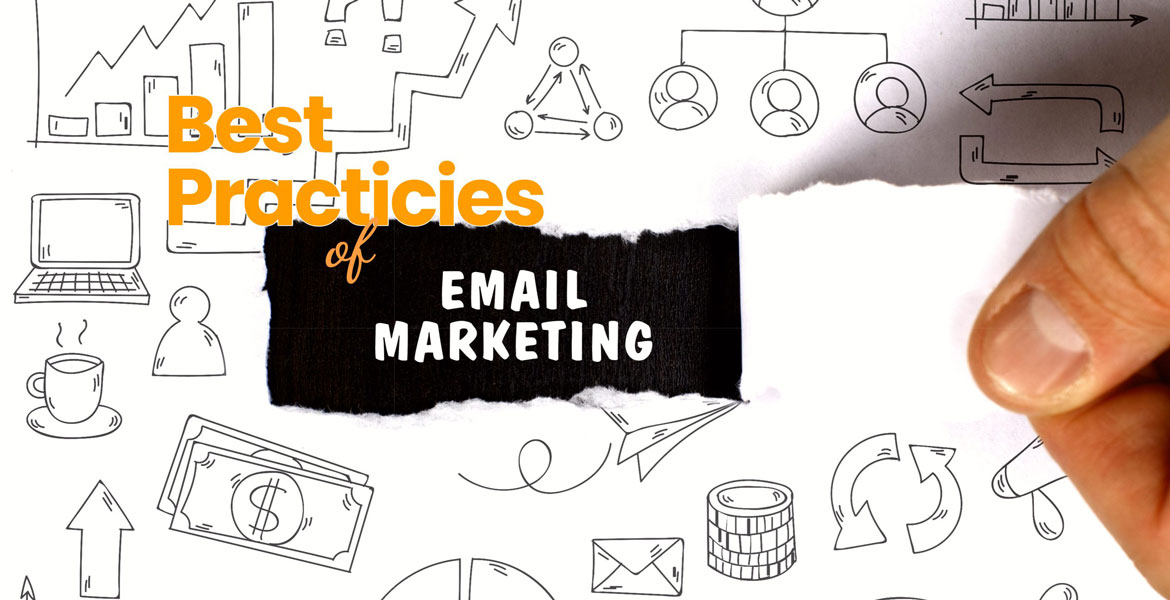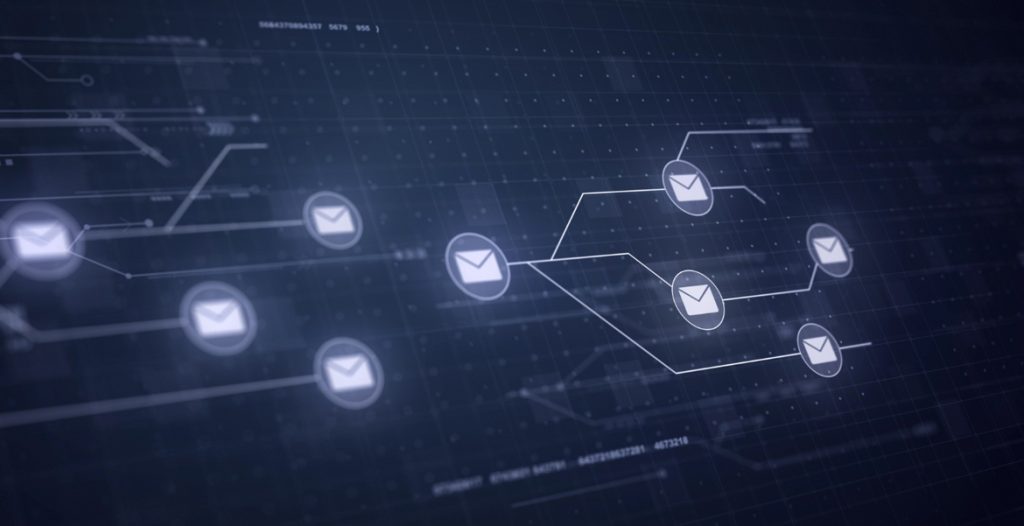Use email marketing automation to deliver personalized value at key points in the customer journey.
According to Hubspot, email marketing produces a 3,800% return on investment, while MarTech indicates that firms sophisticated in email marketing automation achieve 80% more sales at a 33% lower cost. Thus, even with the inundation of emails that people receive on a daily basis, email remains a valuable channel to engage, inform, and inspire your prospective and existing customer base. In order to succeed, you must deliver personalized value at the right time in the customer journey, building to a crescendo with the subject line through to every detail of the header, copy, images, calls to action, and signature line. To facilitate your efforts, we’ve deconstructed the email process in order to give insight into best practices that drive campaign results.
Subject Line: balance being descriptive with brevity in order to drive an informed open
For any email campaign, the subject line is your first opportunity to entice as well as a gate between your audience and the valuable content stored within the body of the email. Because of this, it is important to word the subject line in a way that the audience can process the information quickly while including enough information so as to inform the audience of the benefit they will receive upon open. Click bait that may drive opens can result in consumers feeling frustrated with unmet expectations, resulting in lack of further engagement or even unsubscribes, while verbose lines that overexpress meaning can lose the reader’s attention and fail to drive the intended open behavior in the first place. Factoring in sent, open, click-to-open, and click rates, Marketo finds that 7 word subject lines yield optimal engagement, while Mailchimp recommends using no more than 9 words and 60 characters. Additionally, positioning deals and incentives up front, such as “50% off if you refer a friend” can motivate engagement and increase opens. With whatever strategy you choose, craft the subject line to reduce friction and encourage open with integrity.
Content: formulate the contents of the email to maintain attention, deliver value, and drive action
Now that you’ve guided the audience member to open the email, the goal of its contents is to cultivate the reader’s interest and inspire specific next steps. With this, the copy should communicate value concisely alongside aesthetically pleasing visuals that aid in transmission of information and processing speed. Multiple, relevant calls to action should be placed conspicuously throughout in order to stimulate desired next steps such as click, call, download, and buy. Constant Contact recommends composing emails with 20 lines of text or less, while Hubspot advocates for positioning the primary message and call to action above the fold to ensure detection. Once you have a draft of the email in its entirety, it’s advantageous to employ a “5 second test” in which a friend or colleague reviews the email in 5 seconds in to discern whether your intended call to action is readily apparent.
Segmentation: segment your audience in order to deliver personalized content at the right time in the customer journey
Since prospects and customers within your target audience have different needs, tastes, and interests, it is imperative to deliver tailored value based on who you’re communicating with as well as the recipient’s stage within the customer journey. To achieve such personalization, it is beneficial to segment your audience based on demographic, geographic, behavioral, and/or benefit data that meaningfully distinguishes one cluster of consumer profiles from the next. For example, if you’re a department store, you could segment based on product category interest of Children’s Clothing versus Household Goods, or if you’re a skincare brand, you could segment based on Age, Location Climate, and Gender. Once segmentation is complete, personalize email campaigns based on each segment’s key attributes and customer stage. For instance, if you’re the skincare brand, you could tailor messaging to customer stage by targeting customers considering purchase with informational content such as “Our favorite moisturizers for dry skin” versus targeting customers who have already purchased with replenishment content such as “Is your skin thirsty? Looks like you’re due for a refill!” However you choose to segment and personalize, do it and iterate, as data from Constant Contact suggests that personalized emails achieve a median return on investment of 122%, while SalesForce indicates personalized emails yield a 14% uplift in click through rate and a 10% uplift in conversions.
Cadence: initiate campaigns based on consumer triggers, using a frequency that nurtures rather than annoys
With email marketing, it is critical to deliver the right message at the right time. In order to ensure relevancy with timing, it is helpful to initiate campaigns based on triggers that consumers activate, such as signing up for a newsletter, referring a friend, consuming a particular piece of content, or reviewing a certain product. Therefore, defining the specific actions that set your email campaigns in motion is of paramount importance since, once initiated, your automated cadence will drive the campaign through to completion. For mass emails intended to reach your entire contact list, a quarterly or monthly frequency is par for the course, whereas for segmented emails intended to engage a subset of your contacts, a bi-weekly or weekly cadence is commonplace. This aligns with Marketing Sherpa’s survey observation that 60% of customers opt for a weekly touch.
A/B Testing: split test in order to optimize performance, and, once optimized, keep testing
Based on past experience, industry research, and engagement data, you can make assumptions about your target consumers’ preferences and the behavior that you expect for them to take in response to your email marketing. But even the best assumptions find resulting performance influenced by unanticipated variables. With this, it is important to split test different elements of your emails including subject lines, copy, content, the “from” name and email address, send days and times, layout, tone of voice, and calls to action in order to find the mix that drives optimal business results. While iterating, test 1 variable at a time to isolate each factor that is driving performance improvement or decline. Once you find the highest performing blend, repeat your success across other campaigns and continue to test even the most successful campaigns, as consumer trends and sentiments change over time. Trust the data, and continue to iterate based on data-driven discoveries that inform the path forward.
Final thoughts
Email marketing requires a calculated blend of creativity, analytics, and iteration to succeed. As long as you keep the customer first and listen to the data, incremental improvements will drive the path to a successful outcome.
Want to learn more learn more about email marketing and beyond? Subscribe below!






